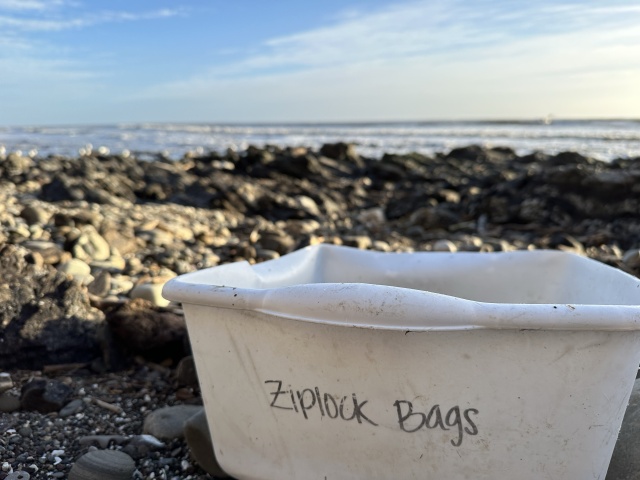 A plastic bin to hold plastic bags washed ashore along the Gaviota Coast.
A plastic bin to hold plastic bags washed ashore along the Gaviota Coast.
“Our research found 6-to-1 plastic to plankton by weight in 1999. We went back last year [2008] and found 46-to-1 plastic to plankton – the weight had gone up, the volume had gone up, the number of pieces had gone up. Every decade, it’s getting close to 10 times worse.”
–Charles Moore on the ratio of plastic to plankton he found in the great Pacific garbage patch, as quoted in Earth Island Journal
Fifteen years ago I published a brief in a glossy print surfing magazine about plastic pollution in the ocean entitled, A Sea Of Debris.
In 1999, the ratio of plastic to plankton found in Pacific waters off the southern California coast had measured 5:2.
What must the ratio be today?
 Gaviota Coast
Gaviota Coast
A Sea of Debris (2008)
In 2005, on an atoll deep in the Pacific Ocean, a researcher found a small fragment of plastic from a WWII-era plane inside the stomach of a dead albatross.
For decades the fragment bobbed in ocean currents and tumbled about on desolate beaches. Eventually a bird mistook it for food.
At this moment tons of plastic trash spoil the world’s oceans. The accumulation between California and Hawaii alone is so immense it’s been given a name: The Eastern Pacific Garbage Patch. It’s purportedly the single largest dump on the planet. And it continues to grow.
Beginning about 500 nautical miles off the coast of California, encircled by several major oceanic currents, the water swirls in a massive slow-moving eddy called the North Pacific subtropical gyre.
A natural phenomenon turn pollution trap where debris circulates for decades and covers hundreds of thousands of square miles.
Litter blown offshore and carried in river run off is drawn here by the surrounding currents. And much of it is plastic. It’s forever.
 Braemar
Braemar
The environmental impact is incalculable. Countless seabirds, mammals, fish, and other creatures perish from ingesting bits of debris or getting tangled in it.
Yet, the plastic bottles, cigarette lighters, or even odd billiard ball are merely the most visible traces. Plastic breaks down through a process of photodegradation. It eventually becomes dust, but never disappears entirely.
A pioneer in research on the matter from Long Beach, CA, Charles Moore first began studying the problem ten years ago [1999].
A blog entry from his expedition earlier this year describes “an endless stream of delicate, white snowflakes, like plastic powder coating the ocean’s surface.”
The result is a poisonous mix of seawater with plastic outnumbering plankton in some areas.
Flotsam from the great Pacific garbage patch occasionally inundates atolls within the recently created Papahānaumokuākea Marine National Monument northwest of Hawaii. Deposits several feet high form along certain shorelines.
Being that the nature reserve is protected by our nation’s strongest environmental laws, the federal government has been compelled to act.
However, without a concerted multi-national effort and grassroots support, it will prove hard to remedy what has grown into a global blight of epic proportions.
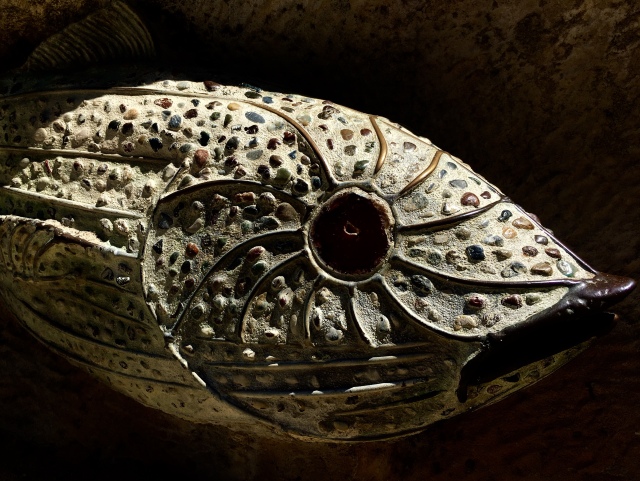 Trout sculpture, Chase Palm Park
Trout sculpture, Chase Palm Park








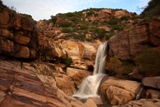
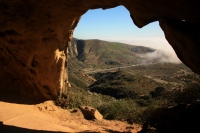

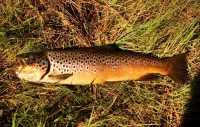
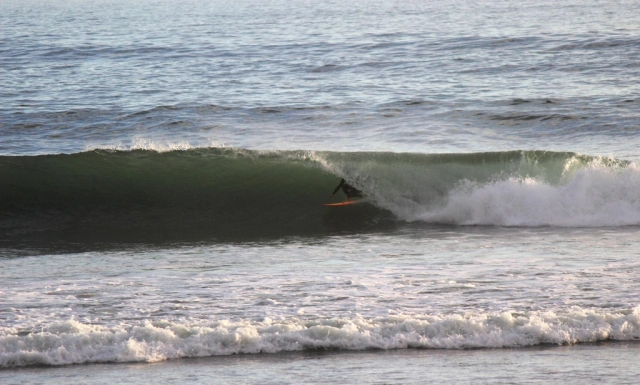
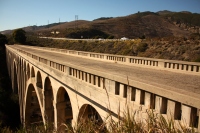
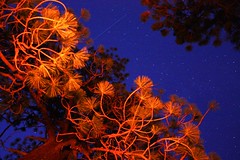


















When I am on the beaches of Santa Barbara and Goleta, I always pick up any plastic and styrofoam and such things. We really need to stop this influx of plastics on the beach —– at the source. Creek cleanups. The County needs to get on the ball with creek cleanups.